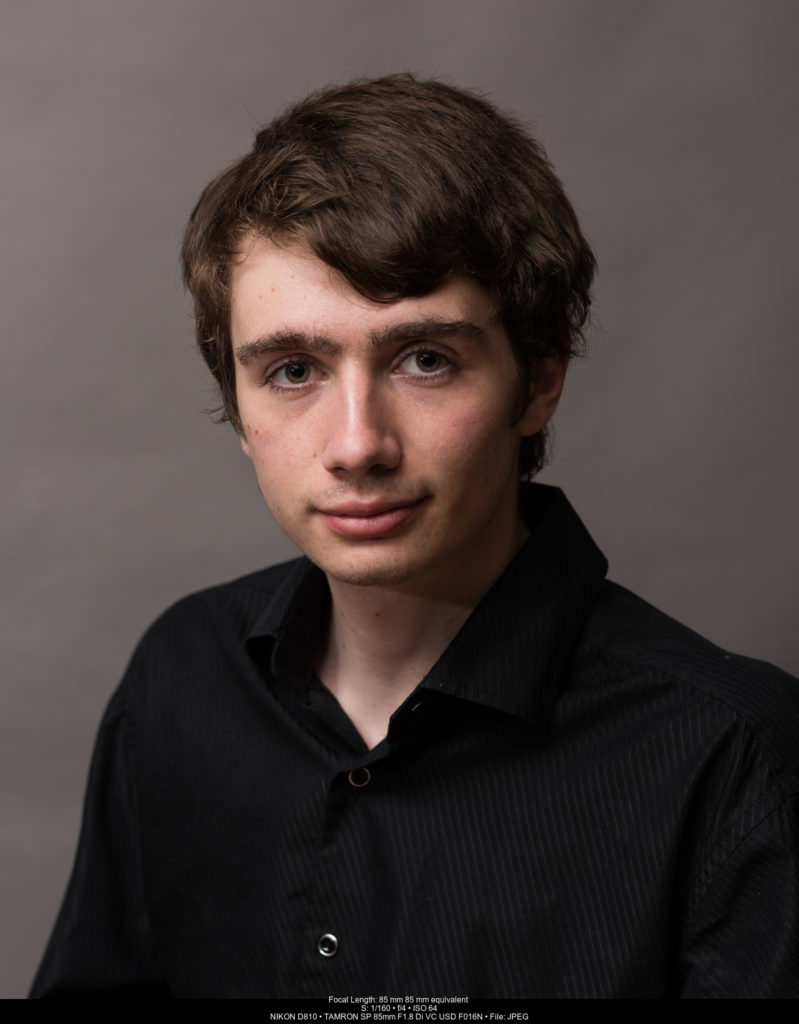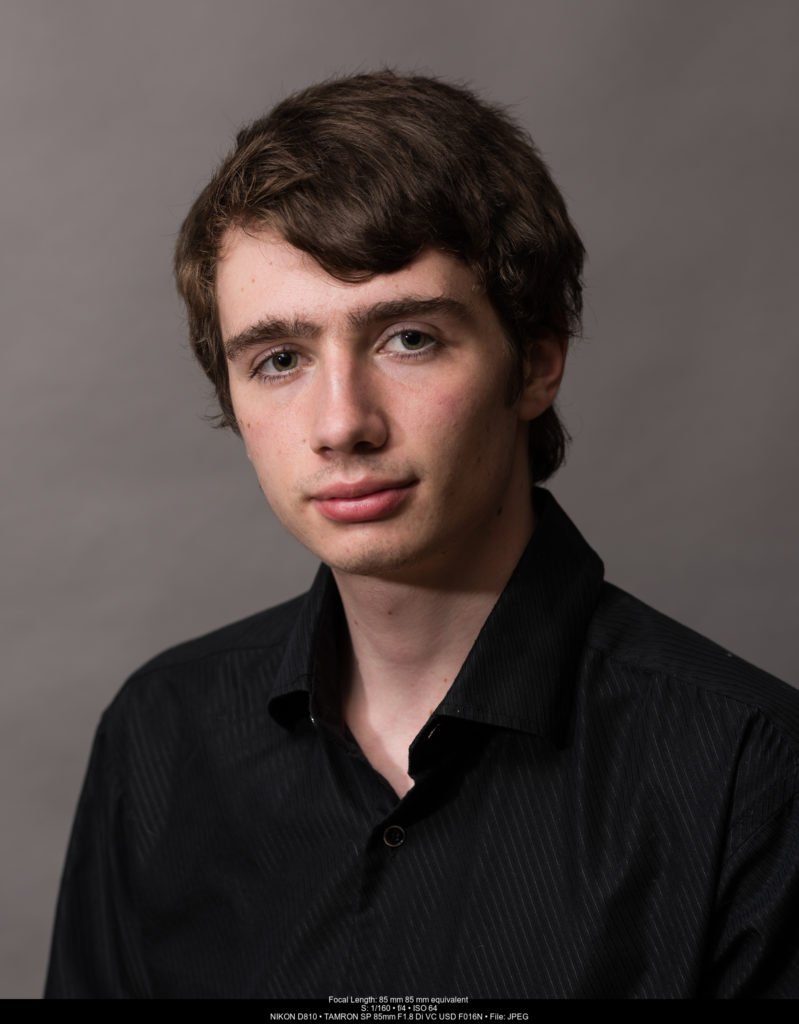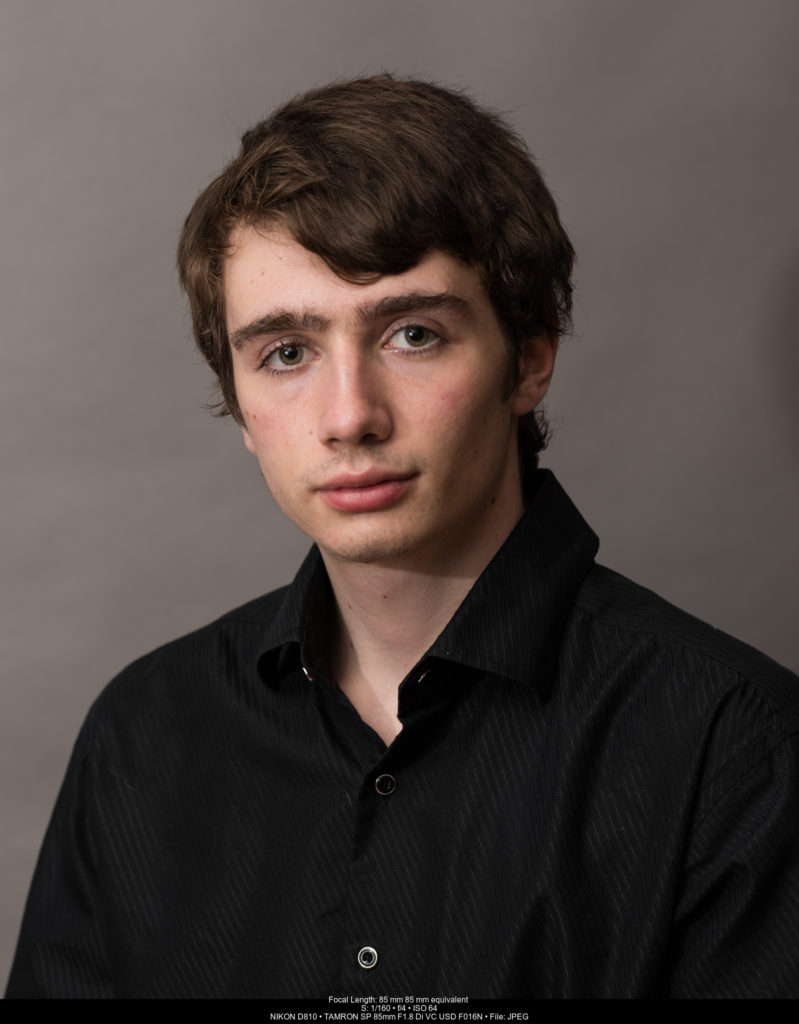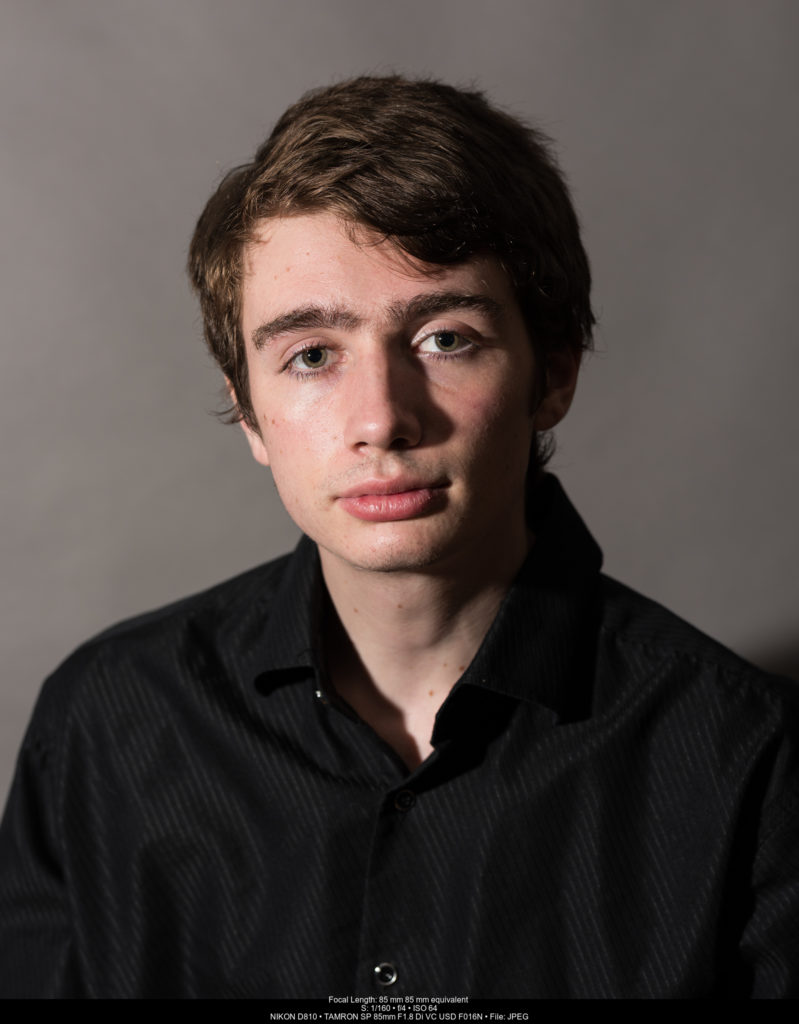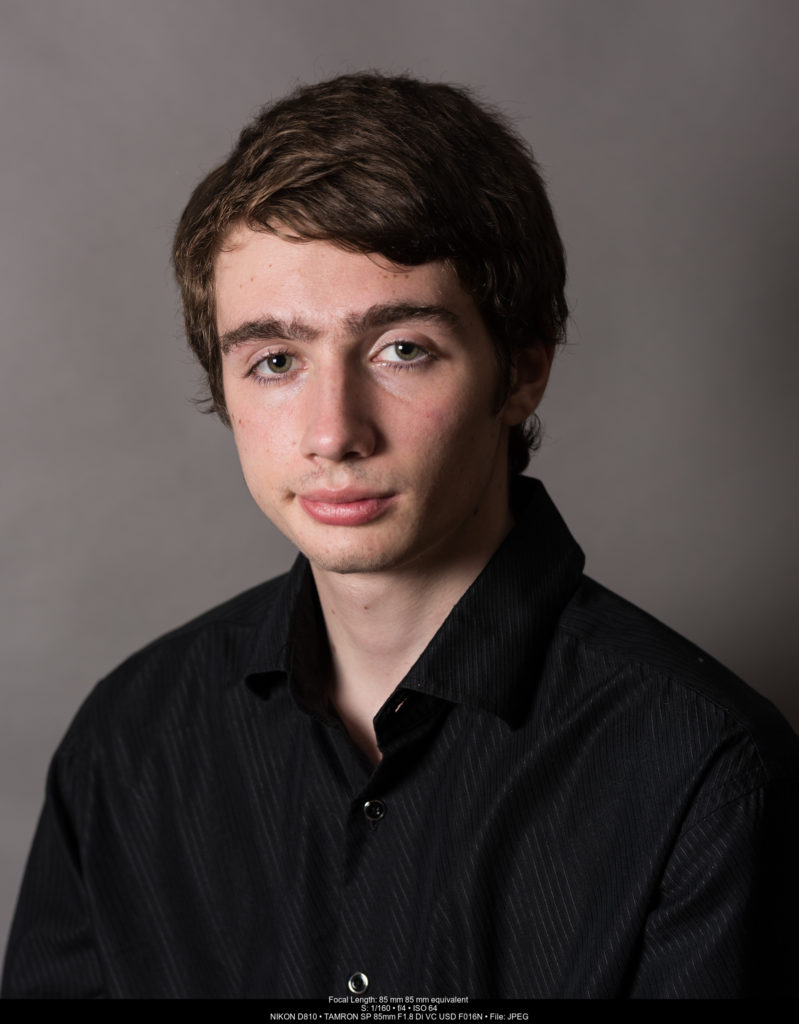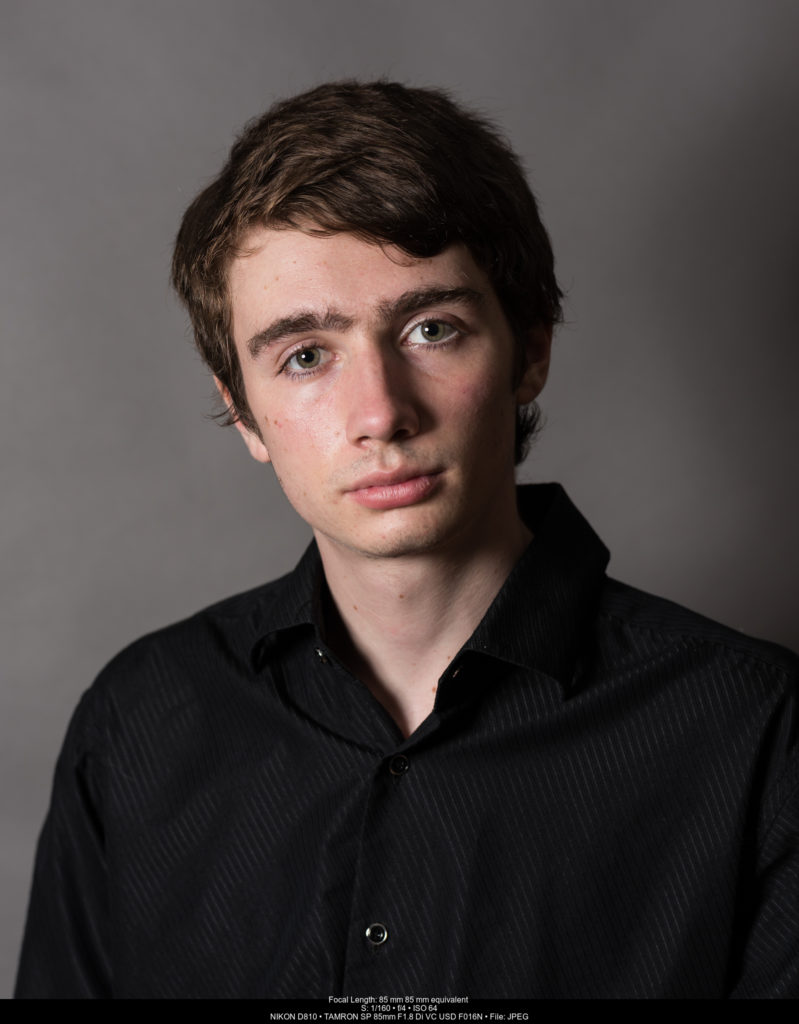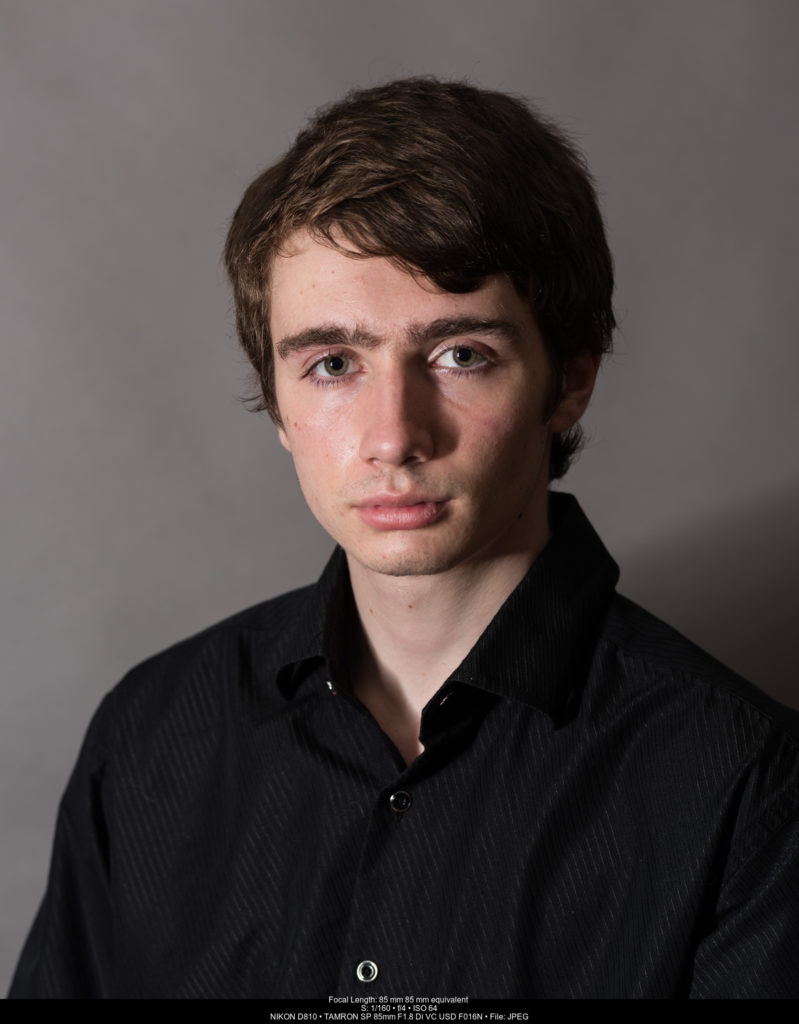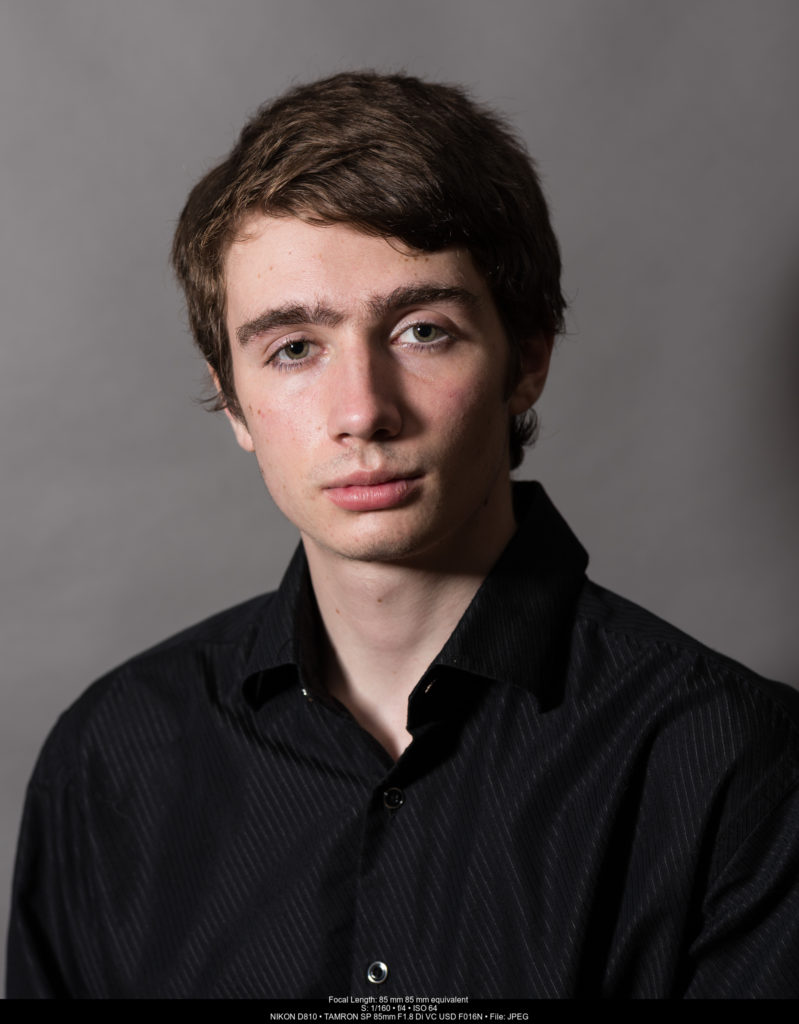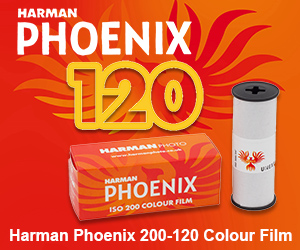The past few issues, we’ve learned about speedlights and strobes, how to use them on camera and off and how to setup a home studio. This month, let’s take a look at some of those funny attachments you can stick on your speedlight to change how it creates light.
If you go into any camera shop to look at speedlight modifiers, there’s a daunting collection of magical attachments. Some of these look like yogurt containers or pieces of cardboard, some came right from the studio section where the big lights are and others twist, fold or unroll and Velcro together like fancy origami. What is a photographer to buy?
Each of those gadgets will do something to your light and it’s up to you to figure out what you want your light to do. We’re going to look at the most popular modifiers and compare them back to back to back to … you get the idea.
I’m placing the speedlight (with modifier) at a 45° angle from the model, the centre of the modifier is just above head height, angled slightly down and the front of the modifier is at the same distance. Each modifier is metered for a consistent f/4 output. My camera is tripod mounted with a prime lens. Camera settings in Manual are 1/160s, ISO64, f/4.
Let’s start with a straight forward direct flash image as a reference. This is fairly bright with deep, hard shadows and tiny catchlights. The nose shadow is very defined.
Bounce Cards (Integrated – Aurora Portaflex)
The small integrated bounce card softens and fills the shadows a bit more. The larger Aurora Portaflex further softens the shadows and lightens the background – it creates a more pleasing image. These images are significantly warmer, due to the flash bouncing off of the ceiling (which must be a warmer white than I thought).
Plastic Bouncers (DC60 – Soft Plastic)
The Cactus DC60 and generic large, soft plastic bouncers do a good job of softening the shadows. However, as they spread light in every direction, I had to raise the speedlight to ½ power for the big “lambency”-style bouncer and almost ½ for the DC60. This will drain the batteries faster and heat up the speedlight, potentially causing thermal protection to intervene if you use it a lot. That’s not good for the flash. This big bouncer also felt the heaviest. The shadows on the face are less pronounced and it is much warmer. The double-nose shadow, due to the wait bounces light everywhere, isn’t the most flattering, either.
Small Softboxes (Softbox III – Aurora Microbox)
The LumiQuest Softbox III creates some pleasing shadow transitions and nice catchlights. It was also one of the most efficient modifiers, as I could lower the speedlight power down to 1/8.2. Lower power means your batteries will last longer and heat should not be an issue.
The smaller Aurora Microbox is a little harsher – not as harsh as direct flash and creates nicer catchlights to show some life in the eyes. Power was raised to almost ½ due to the small size of Microbox, however, it’s small enough and folds flat to easily fit in your camera bag. Microbox would work better for food or product photography than portraits.
Large Softboxes (Ultrasoft – Cactus CB60)
The LumiQuest Ultrasoft is one of the largest “mount on speedlight” modifiers and acts like its name suggests – shadow transitions are nice and soft – while maintaining good depth in the shadows. The shadow on the background is a little more pronounced … move your subject away from the wall if this happens to you.
The Cactus CB60 is the ubiquitous nylon 60x60cm softbox – neutral colour, soft shadows, nicely sized catchlights and lower contrast than the smaller modifiers. Similar to the Ultrasoft, there’s a pronounced shadow on the background.
Does the shape of the modifier change the look? When you’re using smaller modifiers like these, shape is less important. You’ll notice the difference in the catchlights in the eyes, which is the reason octaboxes are preferred by many portrait photographers.
Round Softboxes (Speedbounce – Firefly Octa)
The Aurora Speedbounce 30 is collapsible and perfectly circular. Shadows are soft with good contrast and detail. The larger Aurora Firefly2 Octa 50 is a favourite among portrait photographers because it’s very portable despite it’s large open size. It opens and collapses quickly like an umbrella. Firefly creates near circular catchlights and soft shadows that wraparound more than a smaller or square softbox.
Specialty (Stripbounce – Firefly Beauty Dish)
The Aurora Stripbounce 50 is a strip softbox – it’s long and narrow. It wouldn’t be my first choice as a main light for a few reasons: if you look at the neck and nose, you can see how it fills in under the neck and the bottom of the nose. Due to the height of the Stripbounce, it’s also creating a double-shadow on the face. This is due to the light being at the bottom and flashing up. These are better-suited for use as accent lights or softer fill lights.
Another great feature of the Firefly is that you can add an optional Deflector Plate and remove the white diffusers to turn Firefly into a beauty dish. I’m using the larger Aurora Firefly Duet 75cm, which is the largest speedlight modifier I would use. The Duet does have the advantage of being able to use two speedlights, but for this article, I’m only using one. The catchlights are large and defined and shadows are nice and crispy with some soft qualities. The Firefly Beauty Dish was also the most efficient – I had my flash set to just a tenth over 1/8 power.
Results? Lambency diffusers and plastic bouncers are some of the least light efficient, along with small softboxes. They will do in a pinch. The bouncers are also omni-directional, spraying light everywhere. This is perfect if you’re trying to light a room or a large group, but you can’t shape the light.
Bounce cards make a big improvement to your images over bare flash. They are either integrated or small enough to fit in any camera bag.
The most versatile modifiers for controlling shadows, creating appealing catchlights, light efficiency and light shaping are the larger softboxes, such as the Firefly, CB60 or Softbox III. Except for the Softbox III, these don’t fit in your camera bag as easily.
Putting together a kit for portability, grab a Portaflex or Speedbounce or Ultrasoft. Location portrait lighting kit: Firefly or CB60. Real estate or architecture shoot, DC60 or similar dome and Stripbounce.
Next issue, I will look at Event Photography and using speedlights and strobes to get the right light. You’ll see which modifiers I’ve selected and how I’m using them.
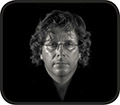
About the Author – Will Prentice (www.capturaphoto.ca) is a professional photographer based out of Whitby, Ontario and Brand Specialist – Lighting for Amplis.



